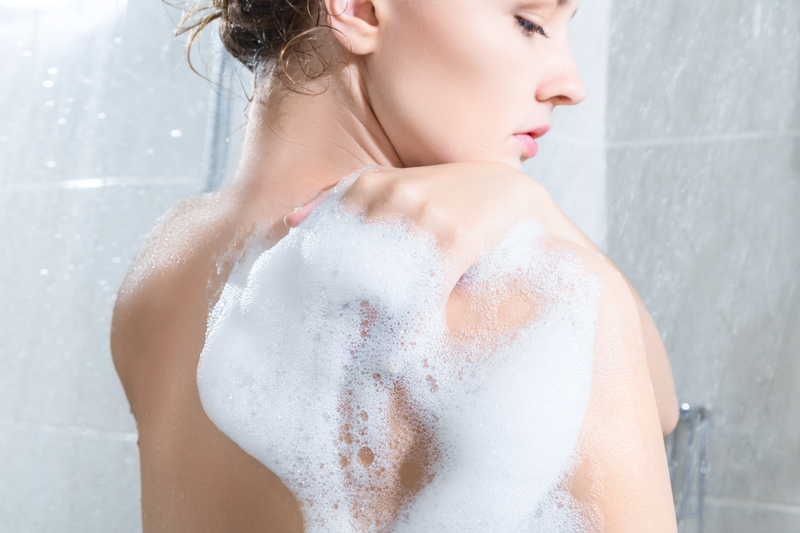Declining Household Dampness
Posted on 26/05/2025
Household dampness is a common issue that can lead to a multitude of problems, including structural damage, health issues, and aesthetic deterioration. This comprehensive guide aims to provide effective solutions for reducing household dampness, discuss the pros and cons of various methods, offer practical tips, and deliver key takeaways.
Understanding Household Dampness
Dampness in homes is typically caused by excessive moisture, which can arise from various sources such as plumbing leaks, poor ventilation, and rising damp from the ground. Understanding the causes of dampness is the first step in tackling the issue effectively.

Common Causes of Dampness
- Leaking Pipes: Even small leaks can lead to significant moisture accumulation over time.
- Poor Ventilation: Inadequate airflow traps moisture inside the house, leading to condensation.
- Rain Penetration: Faulty roofs, walls, and windows can allow rainwater to seep in.
- Rising Damp: Moisture from the ground can ascend through the walls if proper barriers aren't in place.
Methods to Reduce Household Dampness
There are several strategies to reduce household dampness, which can be broadly classified into preventive measures and remedial actions.
Preventive Measures
- Improve Ventilation: Use exhaust fans, dehumidifiers, and open windows to enhance air circulation.
- Fix Leaks: Regularly check and promptly repair any leaking pipes and faucets.
- Waterproofing: Apply waterproof coatings to walls and roofs to prevent rain penetration.
- Damp-proof Courses: Install damp-proof membranes or courses in walls to block rising damp.
Remedial Actions
- Dehumidifiers: Use dehumidifiers to extract moisture from the air.
- Heaters: Heating solutions can reduce condensation by keeping indoor air warm.
- Sealing Cracks: Seal any cracks in walls, floors, and ceilings to prevent moisture ingress.
- Professional Help: For severe dampness issues, consider consulting a specialist for professional solutions.
Pros and Cons of Declining Household Dampness
Pros
- Improved Health: Reducing dampness can alleviate allergies and respiratory problems caused by mold and mildew.
- Enhanced Property Value: Damp-free homes are more appealing to buyers and can fetch higher prices.
- Prevention of Structural Damage: Minimizing moisture can protect the structural integrity of your home.
- Better Living Environment: A dry home provides a more comfortable and pleasant living experience.
Cons
- Upfront Costs: Preventive measures like waterproofing and damp-proofing can be expensive initially.
- Maintenance Requirements: Regular checks and maintenance are necessary to keep dampness at bay.
- Professional Fees: Hiring experts for severe issues can add to the cost.
Tips for Managing Household Dampness
- Regularly inspect your home for any signs of dampness or leaks.
- Use moisture absorbers like silica gel packs in enclosed spaces.
- Ensure your home's exterior is well-maintained to prevent rain penetration.
- Keep furniture away from walls to allow better air circulation.

Key Takeaways
- Understand the sources of dampness in your home and address them promptly.
- Implement preventive and remedial measures to manage moisture levels.
- Consider the pros and cons of different solutions to find what works best for your situation.
- Regular maintenance and vigilance are key to keeping your home damp-free.
Conclusion
Managing household dampness effectively requires a combination of awareness, preventive measures, and remedial actions. While it may involve some investment and ongoing maintenance, the benefits of a dry, healthy, and structurally sound home far outweigh the drawbacks. By following this guide, you can take proactive steps to ensure a more comfortable and long-lasting living environment.






